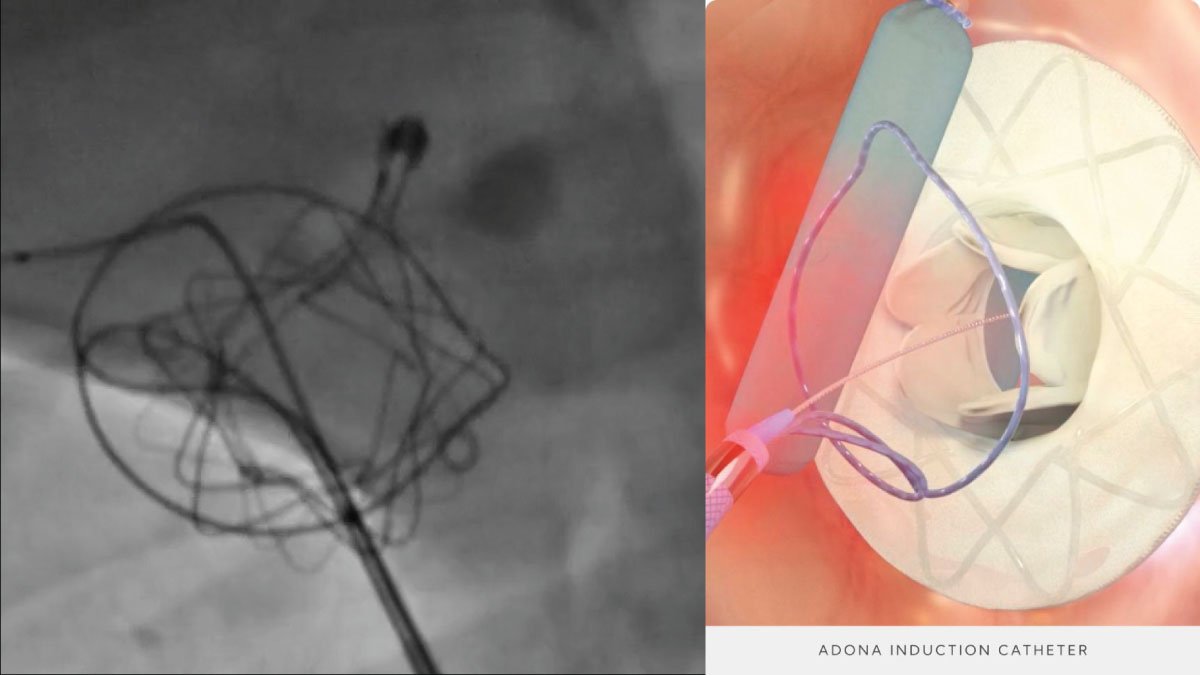DNA replication is an important process in biology that ensures that each new cell has a complete set of genetic instructions. This article covers the stages, key components and importance and provides an easy-to-use and enthusiastic overview for beginners.
What is DNA Replication?
DNA replication is the process by which a cell duplicates its DNA, creating two identical copies. This process is essential for the growth, repair and reproduction of living organisms. Each new cell must receive an exact copy of its DNA so that genetic information can be passed on permanently.
Steps of DNA Replication
Beginning
- Origin of Replication: The process begins at specific points on the DNA molecule called origins of replication. Proteins bind to these sites to unwind the DNA double helix.
- Helicase: This enzyme unwinds the DNA by breaking the hydrogen bonds between the base pairs, creating a replication fork.
Elongation
- Primase: This enzyme synthesizes a short RNA primer that is the starting point for DNA synthesis.
- DNA polymerase: The main enzyme involved in DNA replication, DNA polymerase adds nucleotides to the growing DNA strand in the 5′-3′ direction. It also proofreads and corrects errors during playback.
- Leading and Lagging Strands: DNA is continuously synthesized on the leading strand, while the lagging strand is synthesized into short segments called Okazaki fragments, which are then joined by DNA ligase.
Completion
When the entire DNA molecule has replicated, the process is complete and two identical DNA molecules are formed. Each molecule consists of one original strand and one newly synthesized strand, known as semi-conservative replication.
Main Components and Enzymes
- Helicase: Unwinds DNA into double helices.
- Primase: Synthesizes RNA primers.
- DNA polymerase: Adds nucleotides and inspects new DNA.
- Ligase: Ligates Okazaki fragments to the lagging strand.
- Single-Strand Binding Proteins (SSBs): Stabilize twisted DNA strands.
Importance of DNA Replication
- Cell Division: Ensures that each new cell has a complete set of DNA.
- Growth and Development: Facilitates the growth of organisms from a single cell to a complex multicellular entity.
- Repair: Allows repair of damaged DNA while maintaining genetic integrity.
Recent Advances
Recent studies have provided a deeper understanding of the mechanisms of DNA replication. Advanced imaging techniques and molecular biology tools have revealed more about the enzymes involved and their precise functions, leading to potential applications in medicine and biotechnology.
Conclusion
This complex process ensures the accuracy of genetic information and supports the growth, development and repair of all living organisms.





















